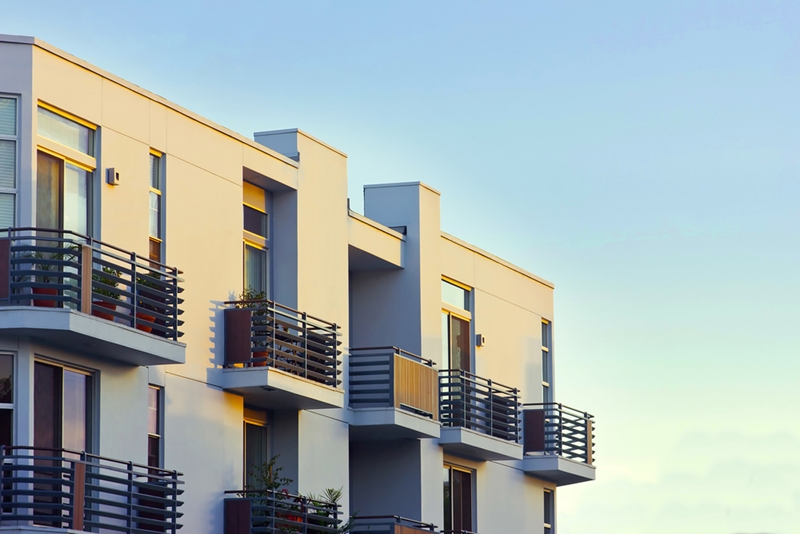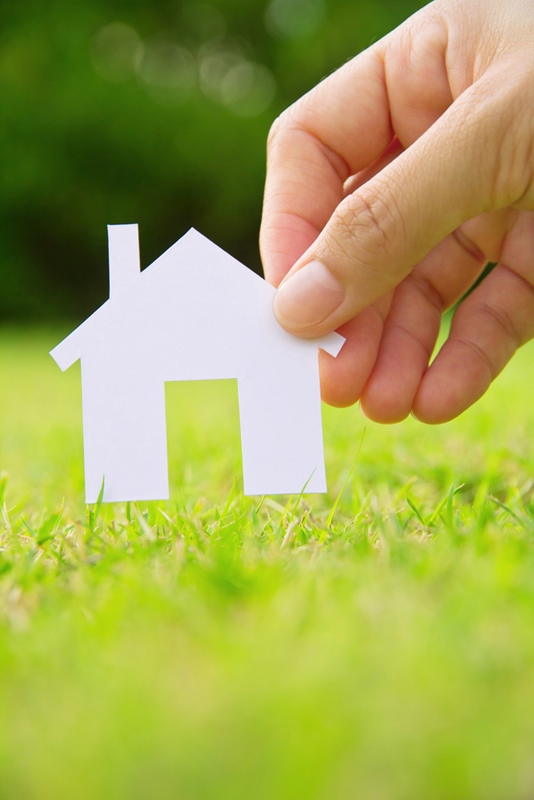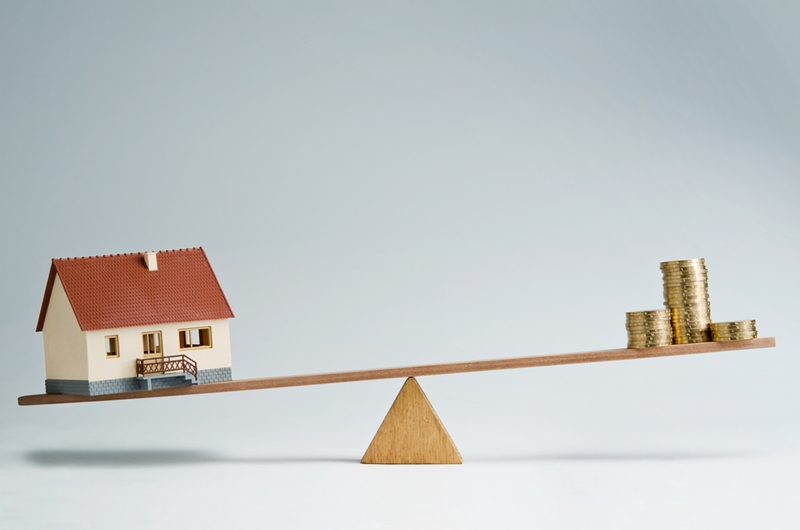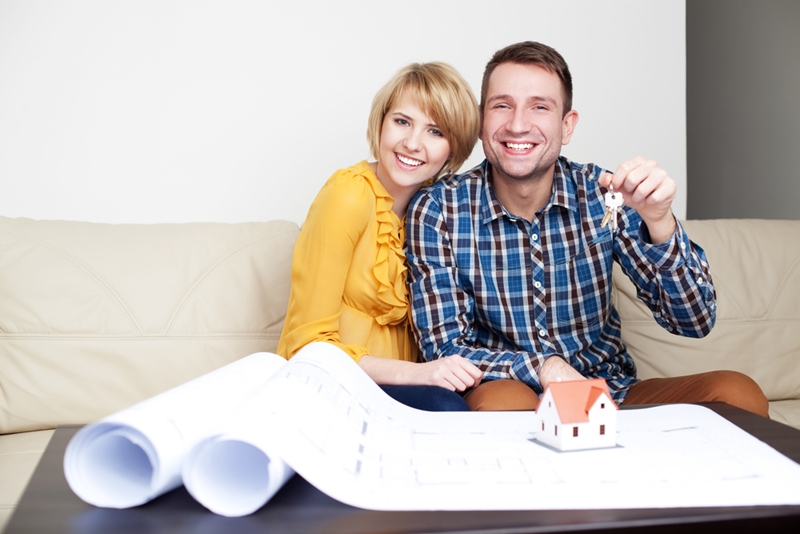Ever considered buying property in Sydney, but thought you couldn't because it was too expensive? The New South Wales capital is the most expensive city by median dwelling value ($1,056,000 according to CoreLogic RP Data to the end of 2016). However, that doesn't mean buying a home there is an unrealistic goal. Buying a home in Sydney opens you up to capital gains: the ability to build wealth as the property market changes. In 2016, the median dwelling value in Sydney increased by 15.46 per cent – if you saw gains like that each year, it would be a great return on your purchase.
We can help you to finance your next step up the property ladder.
When you buy, you'll need a home loan, and Mortgageport can help you find the most suitable one. As a first-time buyer or a seasoned property investor, we can help you to finance your next step up the property ladder.
Are there any affordable pockets in Sydney?
As with any median dwelling value, it is only an average. Half of the homes in Sydney are above the median value of $1,056,000, and half are below. Places like Spencer in Gosford ($345,582) and San Remo in Wyong ($393,478) are well below the average, according to the CoreLogic Best of the Best report from 2016, and are affordable options for any buyer.
 Why is buying a home in Sydney still a great option?
Why is buying a home in Sydney still a great option?Why should you buy a home?
Living in any city means you have two options when it comes to homes – you can either buy or rent. Buying your own home gives you more stability than if you rent. If you're in a rental and the situation of the landlord changes, you might be asked to vacate the premises in three months. Of course, unless you cause damage or violate your rental agreement, you can't be forced out immediately, but it's still not an ideal situation.
When you own your home, you won't have to leave at a moment's notice. You also get more financial benefits when you are the title holder of a property. As previously mentioned, properties gain and lose value with the market, in waves and troughs. If you rent, however, you won't make money when you leave the home at all – the whole time you're at the same address, you'll be paying rent.
For your own financial security – particularly if you're a first-home buyer – owning your own home is your best bet.
Don't be put off by the record median dwelling value in Sydney – there are still parts of the city where you can buy within your budget! For more information about the most suitable home loan for your needs, get in touch with Mortgageport today.



 Are you are of the costs of being a landlord?
Are you are of the costs of being a landlord?
 What locations net the best rental yields?
What locations net the best rental yields?

 Save young, plan young, buy young.
Save young, plan young, buy young. You could be enjoying life in your first home faster than you might think.
You could be enjoying life in your first home faster than you might think.